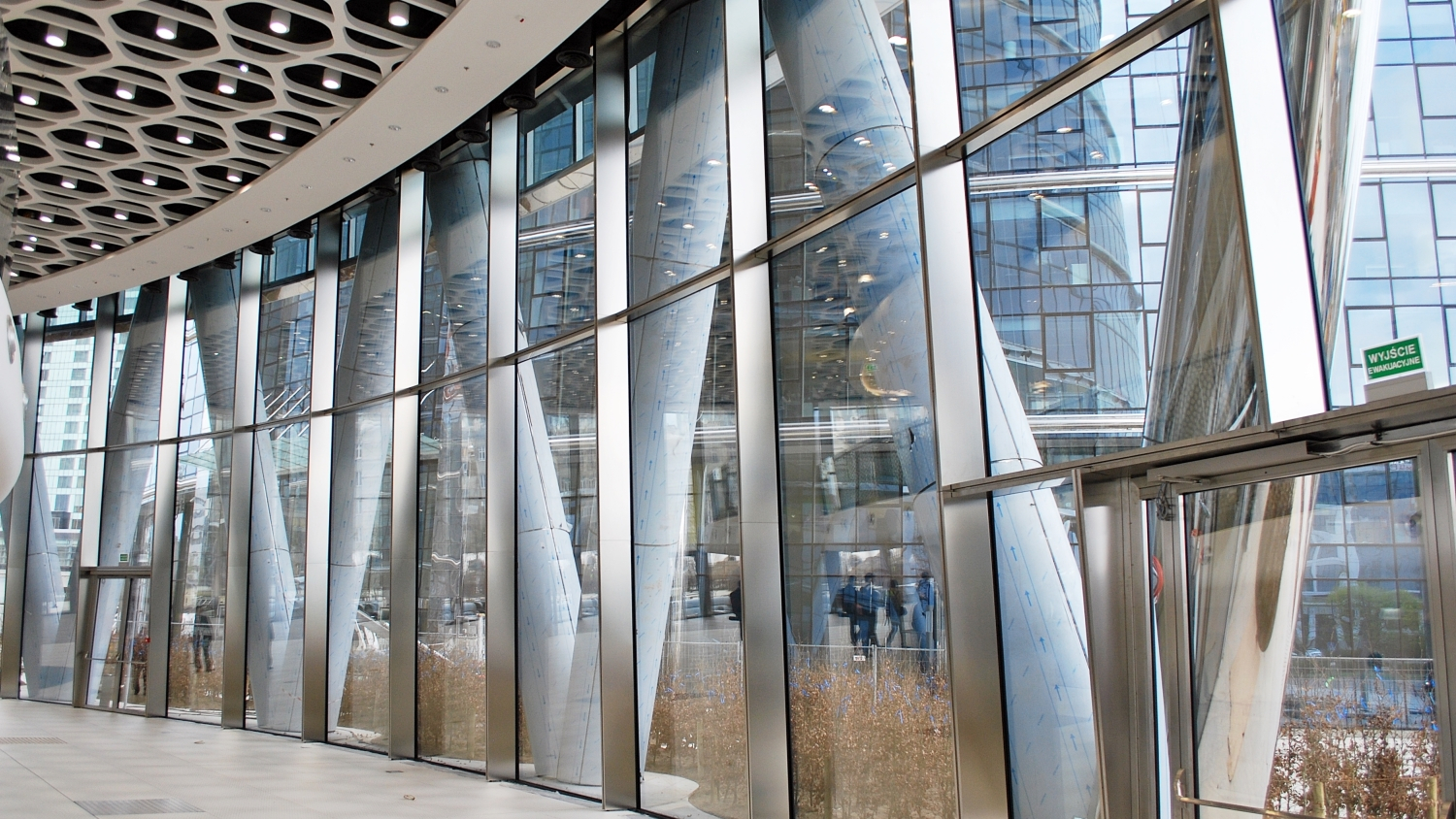
Talent availability is the primary factor when choosing a new location, according to a survey that Cushman & Wakefield in conjunction with CoreNet Global conducted every year since 2016. C&W surveyed global corporate real estate executives across a variety of industry sectors focusing on their key office location strategies and decision drivers worldwide.
Pursuit of talent and prime locations
For most firms, real estate is not only a workplace but an effective HR tool in talent sourcing and retention which, according to the survey, is currently a fundamental challenge for global corporations.
Central business clustering remains the dominant CRE strategy, reveals Cushman & Wakefield’s report What Occupiers Want: Global Survey 2018. It is a notable trend in all three regions included in the survey: North America, EMEA and APAC. Corporates are increasingly considering relocation from outskirts and suburban sites to more urban and central locations as a prime office location and workplace substantially facilitate talent recruitment.
Besides access to labour and pressure to contain costs, operational excellence, innovation and customer relationships have all been identified as key CRE drivers. The pursuit of talent and the increasing need for collaborative innovation are pushing more than 40% of corporations to locate in a sector cluster with a staggering 75% for life science companies.
“Our survey results show that after years of cost focus, Corporate Real Estate strategies are increasingly driven by HR issues and challenges. A location now needs to be aligned with all operational and business objectives, support innovation and help a company stand out against competition,” says Magdalena Stańczuk, Workplace Strategist at Cushman & Wakefield.
Flexible workplace models
The survey has also revealed that companies are increasingly adopting co-working spaces as an alternative or complementary option to traditional workplaces seeing them as an opportunity to create a creative work environment and attract top freelancers to large corporate offices – frequently thought to be beyond their reach.
“According to global CRE leaders, workspace today is a critical factor in securing superior workers. While recruitment and retention of talent is a challenge for corporates, employee expectations regarding the workplace have skyrocketed. It must be original and attractive, foster creativity and innovation, enhance wellbeing and comfort, and promote healthy habits such as physical activity and ecology,” says Magdalena Stańczuk.
Another notable trend is co-sharing or dedicating space to collaboration or joint R&D initiatives with external partners. This fosters innovation and offers an additional opportunity to use and arrange workspace in a location and to co-share it with another market player. 17% of survey respondents said that their companies were opening and co-sharing offices with third-party partners, while 39% were engaged in similar, remote and tech-enabled collaboration but did not dedicate occupied space to similar projects. Another 7% were contemplating such a model of collaboration.
“Co-sharing need not be limited to office space, it can be deployed in various laboratories, technical premises or showrooms. Such openness and willingness of corporates to embrace flexible collaboration models is also relevant to prospective job candidates,” says Magdalena Stańczuk.
Workspace design
“Global corporate decisions to introduce co-working and desk-sharing in response to expectations of young recruited talents are being driven by new trends emerging worldwide. According to data gathered from CRE leaders, 73% of firms have either implemented or are testing agile workplace policies, which mean the adoption of various types of workspace and desk-sharing,” adds Magdalena Stańczuk.
Today’s office is a well-thought-out and elaborately designed workplace which is to improve employee satisfaction and wellbeing. Remote and agile work models, fostering communication and collaboration within an organization are fundamental factors in preparing the final workspace design. Innovative solutions, amenities and high technologies are out there to help create a flexible, diverse and easily adaptable space that is aligned with business strategy and attractive to employees.



